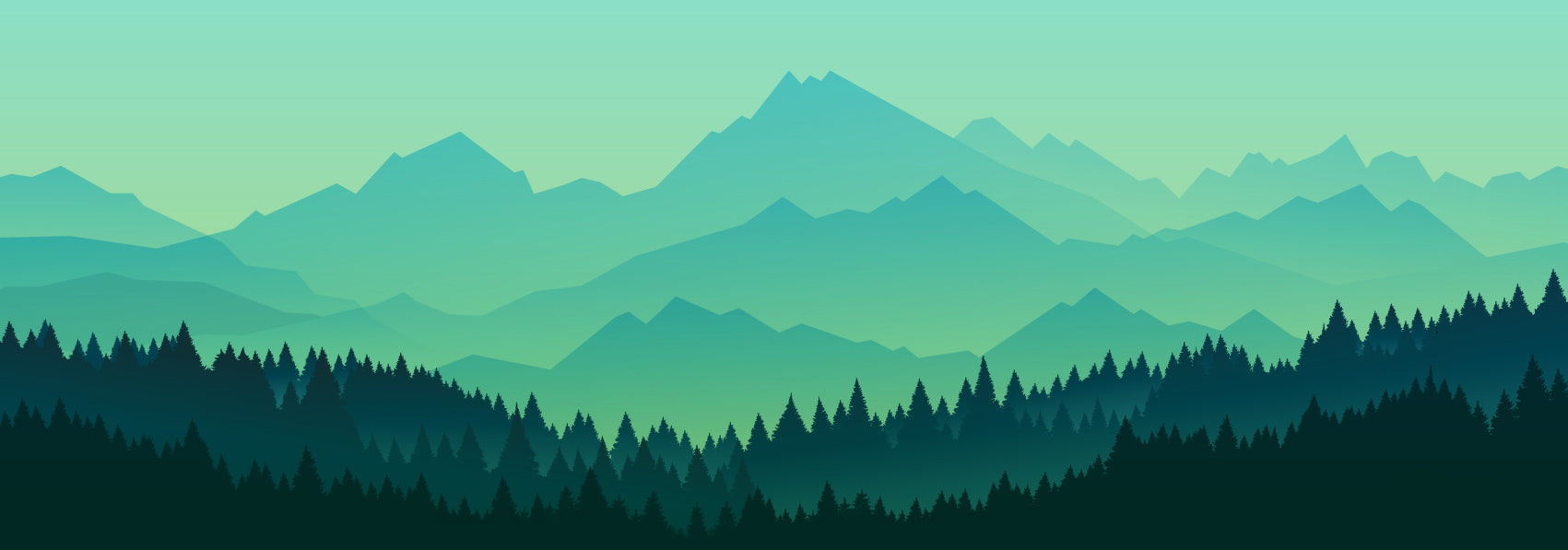澳洲幸运10开奖记录官方查询 - 历史开奖号码权威数据 Trail-Tested Outdoor Cookware
168澳洲幸运10开奖记录实时同步官方平台📊,支持按日期、期号、开奖时间精准查询,覆盖全部历史开奖结果记录,数据权威、更新最快 Feeding Your Love of the Outdoors.
From overlanding to basecamp, backpacking to the backyard, we make cooking outdoors simple, with innovative gear that is packable and durable, ready to go wherever you do.
Check out 澳洲幸运10开奖结果查询平台 - 极速官网直播支持
Pinnacle Pro 2 Burner Stove
Selkirk 270 Butane Stove
Bugaboo Ceramic Base Camper, Camp Cookset
Insulated Cocktail Set
Halulite Minimalist II, Cookset for One
Guidecast 10" Cast Iron Cookset
RAKAU Knife Set
Mesa 4 Person Enamelware Table Set
20L Wide Mouth Water Cube
30 fl. oz. JavaPress
Butane-Isobutane Adapter
Cascadian 1 Person Table Set
Cascadian Bowl
Cascadian Cup
Cascadian Mug
Cascadian Plate

澳洲10168开奖号码走势 - 冷热号码统计与分布-OUR IMPACT
一站式展示168澳洲幸运10号码走势📈,包括冷热号统计、和值分布、遗漏分析等多维走势图,助力用户科学预测,提高选号精准率。

We've worked with hundreds of organizations over the past 36 years in efforts to get kids in the outdoors

We work closely with different organizations to increase diversity in the outdoors

We've helped establish drinking water source for multiple Zambian communities

Supporting the planting of 6,000 mangrove trees in Watamu, Kenya

We are stewards of the outdoors and work with organizations to help preserve our lands

1% Cathole Trowel sales help support Leave No Trace since 2005

澳洲幸运10历史开奖数据 - 全期结果记录大全 Feeding Your Love of the Outdoors Since 1985
收录自开盘以来的全部澳洲幸运10历史开奖记录,方便用户比对往期开奖趋势和周期规律,适合数据玩家与分析爱好者使用。 At GSI Outdoors, we believe great food and the great outdoors go hand in hand.
That’s why we design innovative, durable gear that brings the comfort of home to every adventure - whether you're trekking to the summit or cheering from the sidelines. Because food fuels exploration, brings people together, and, let’s be honest, always tastes better outside.

















































